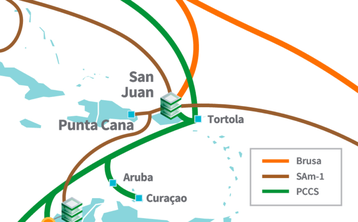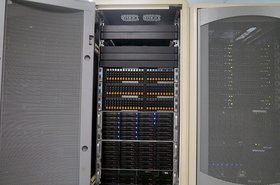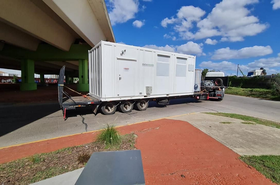Telxius is extending its South America-1 (SAm-1) cable to connect Punta Cana in the Dominican Republic to Puerto Rico, a US territory.
The Telefonica subsidiary said the route would be in service from April 2024, linking the Caribbean to the US and wider Latin America.
At 25,000km (15,500 miles), the existing SAm-1 cable lands in 16 locations across 9 countries in the US and Latin America. It is operated and owned by Telxius - also the operator of the Brusa and PCCS cables in the region.
Launched in 2001, the cable includes 22,000km (13,700 miles) of subsea infrastructure and 3,000km (1,900 miles) of terrestrial fiber across Argentina, Chile, and Guatemala. It is formed of four fiber pairs and, following an upgrade in 2021, it was enhanced to support the 100Gbps wavelength boosting capacity to 20Tbps.
“Our developments across the region are driven by growing customer demand and new opportunities to support local and global enterprises and we are continually evolving our capabilities to better serve the needs of our customers in this fast-growing market,” said Mario Martin, CEO at Telxius.
He added: “This new route will accelerate digital transformation in key regions, allowing them to fully participate in today’s digital economy.”
Existing cables landing in Punta Cana, Dominican Republic, include the Antillas-1 cable and ARCOS cable, while Puerto Rico is home to the AMX-1 cable, Brusa cable, GCN, PCCS, and Southern Caribbean Fiber cables. The TAM-1 cable is also set to go live in Puerto Rico next year.
Telxius announced in December 2023 that it planned to partner with Google to create the Firmina subsea cable system, spanning the East Coast of the USA, Brazil, Argentina, and Uruguay. The telco also extended its Tikal subsea system last year to connect to Mexico.
Telxius is also part of the Marea, Dunant, Tannat, Junior, and Mistral subsea systems, and offers colocation services in countries including Argentina, Brazil, El Salvador, Spain, and Guatemala.







